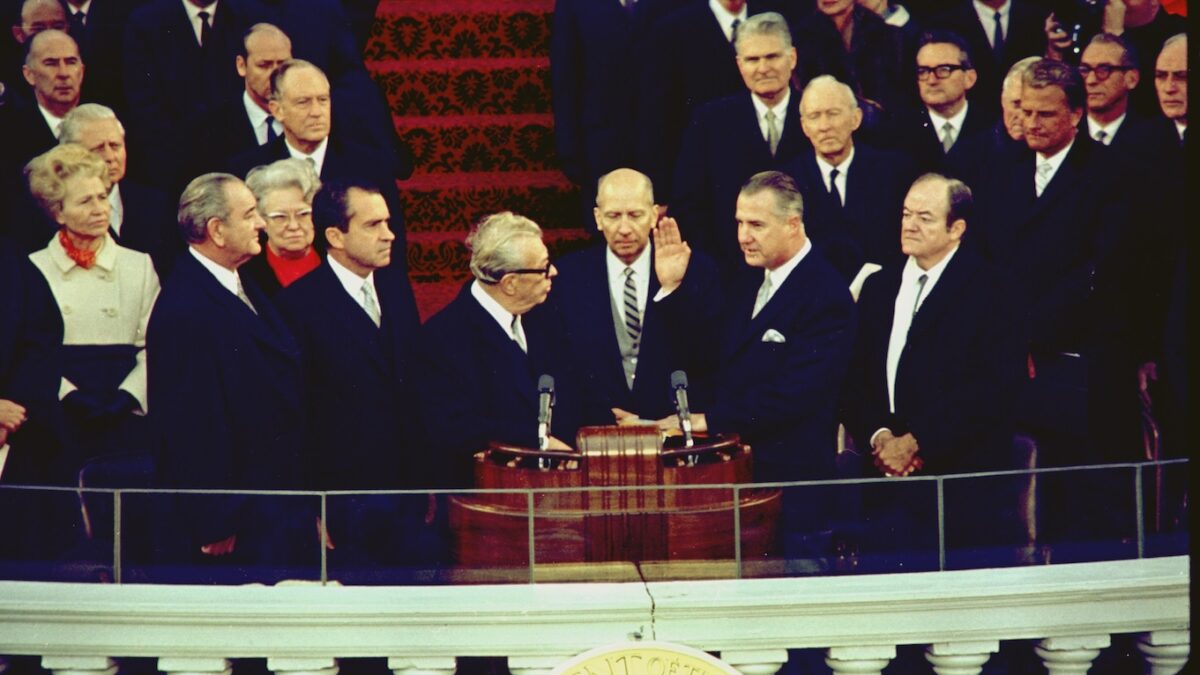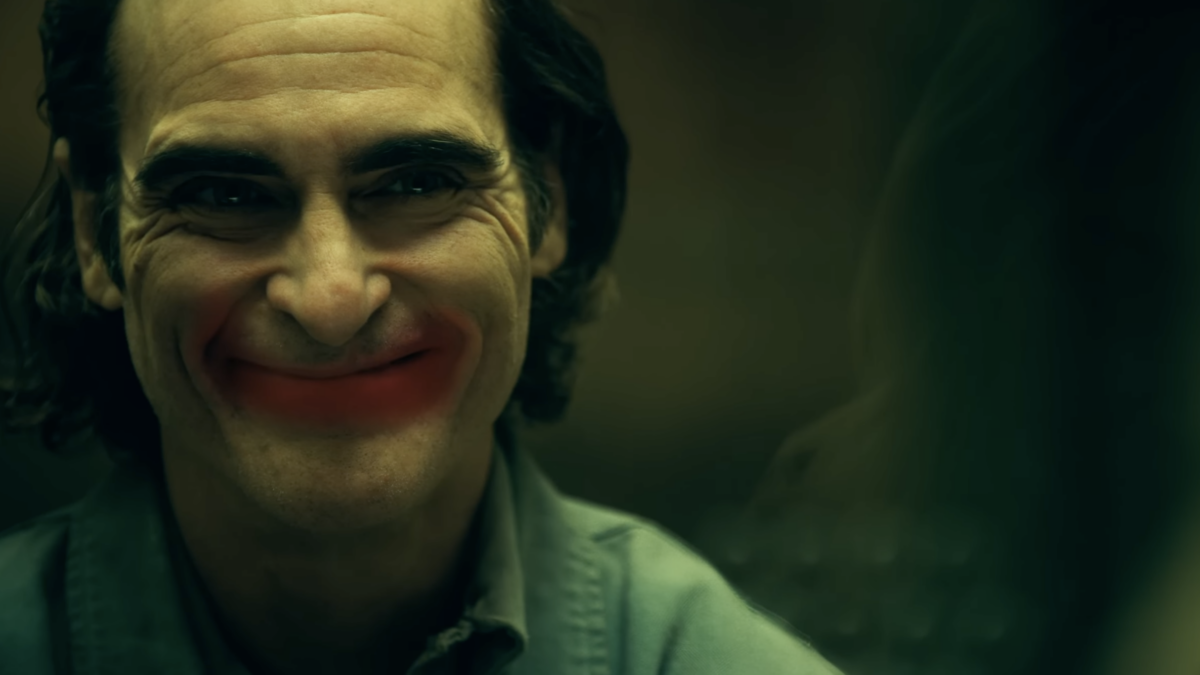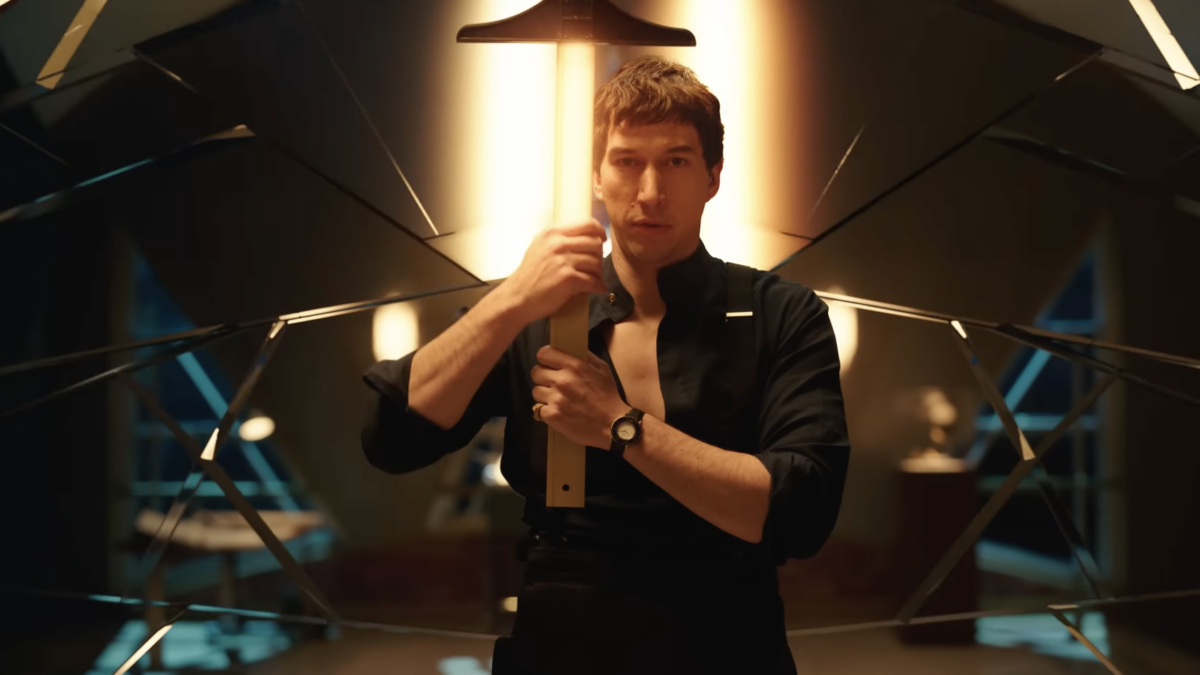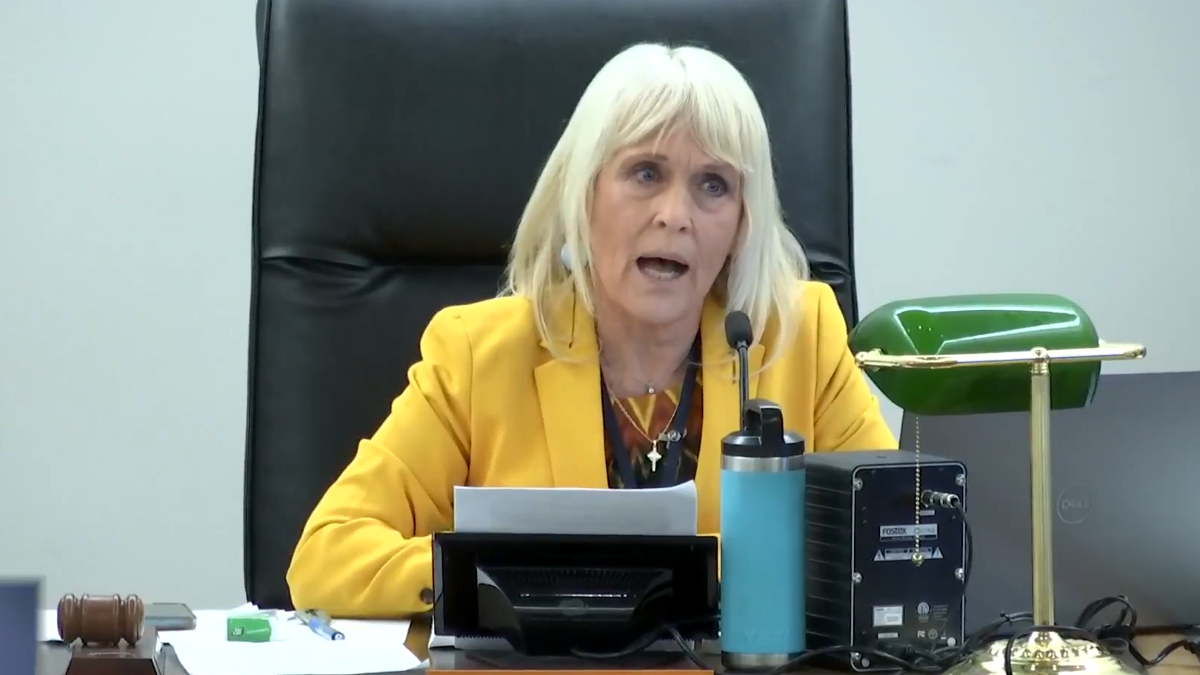Female-led action movies are dying as a genre. This is clear after watching the recent box office failure of “Furiosa” its opening weekend. Its box office only got worse the following weeks, despite the massive hype for the prequel follow-up to the beloved “Mad Max: Fury Road.”
It’s hard to argue that this isn’t part of a trend. While “Captain Marvel” made $1 billion at the box office, later female-led action movies have increasingly underperformed or bombed, from “Charlie’s Angels” (2019) to “Black Widow,” to “Birds of Prey,” to “The Marvels,” and now “Furiosa,” it’s hard to deny there is a common thread in these female-led action films. Particularly as other films with weak openings out around the same time, such as “Kingdom of the Planet of the Apes,” “Garfield,” and “IF,” managed to have much better holds in their later weeks. Likewise, “Bad Boys 4,” a male-led action movie with a much lower critic score and positive word of mouth, had a much higher box office only weeks later.
But it hasn’t always been this way. Female-led action films have traditionally done quite well. “Terminator,” “Alien,” “Aliens,” “Tomb Raider,” the original “Charlie’s Angels,” “Wonder Woman,” and “The Hunger Games,” have all been hits with audiences.
The good news is we know why this is happening, which means there are relatively simple solutions. Whether Hollywood will do it is another matter entirely.
Boy Movies vs. Girl Movies
Men have always been the majority audience for female-led action films. While you can argue that movies like “Alien” and “Terminator” weren’t overtly female-led until the end of their films, their sequels, “Aliens” and “Terminator 2: Judgement Day,” equally beloved by men, certainly did lean into those parts. This is not to say men have ever loved female-led action films as much as they loved male-led action films. But they’ve always loved them more than women do.
Action movies, like superhero movies, sports movies, and Westerns, are about facing your own inner weaknesses and flaws and conquering them so you can conquer an external force that threatens what you love. Likewise, genres that appeal more to women, such as romantic comedies, dramas, and princess stories, are about people who start out either as strangers or estranged from each other and who — in the end — become united by love. Dr. Jonathan Haidt addressed this cross-cultural phenomenon in his new book The Anxious Generation as representing “agency” versus “communion” values. This is one reason boys tend to get addicted to video games, which emphasize “agency” values, while girls struggle with social media addictions, which emphasize “communion” values.
This also explains the exceptions to the rule that men like female-led action movies more than women. Consider “The Hunger Games” and the original “Wonder Woman.” Both focused heavily on their romantic relationships with their male co-stars, and the desire for relationships with others, whether it was romantic or familial, formed the motivating basis of their stories.
A Narrative Shift
But that all changed when female-led action films pushed anti-male and overtly feminist views of both men and women.
The first shift was when female-led action movies set out to replace male franchise characters rather than introducing new ones. “Ghostbusters” replaced the original members with an all-female cast. “Star Wars” replaced their male franchise leads with female ones. Captain Marvel was touted as the Marvel Universe’s most powerful member and the original inspiration for the Avengers. Many of these replacements were humiliating in nature.
Luke Skywalker and Han Solo were portrayed as broken losers after their adventures ended in the previous movies. (But not Leia.) Captain Marvel largely portrayed Nick Fury as a joke. She-Hulk humiliated Bruce Banner and asserted repeatedly — with the show’s endorsement — that she was better than he was, often because she was a woman. Harley Quinn claimed she came up with all of Joker’s best tricks. Even “Charlie’s Angels” revealed that Bosley was a secret villain before replacing him with a woman — and revealing that Charlie was a woman all along too.
The movies’ storylines and the filmmakers themselves encouraged viewers to see these stories of female empowerment as explicit feminist messages, that there are no differences between men and women — except when women were better — women’s problems are all due to the patriarchy, etc. When men objected to or even showed a lack of interest in any of these movies they were called sexist.
Brie Larson (Captain Marvel) said she didn’t want to hear any male criticism of female-led movies because it “wasn’t made for you.” While room was given for people to dislike the movies for “artistic” reasons, any discussion of specific problems with anti-male bias or disrespect of male characters was framed as misogyny or the problems with having a “male-dominated” fan base (as Kathleen Kennedy put it).
This “rebranding” of female-led action films as feminist myths came at exactly the time that men have been turning against feminism, partly because men are increasingly treated as second-class citizens compared to women. The new generation of men is less likely to succeed in school and get a college degree than women, which means less likely to get a high-paying job, which often means not as likely to be chosen by women for marriage. Much of this is the fault of schools, which dramatically favor women’s learning styles, and workplaces, where gender-biased hiring for the first time favors women over men. This means men see the anti-male bias in their fantasy as reflective of the anti-male bias they see in their own lives. And pushing back on the perceived anti-male media, they feel like they are fighting back against the (wo)man.
This pro-women culture-war push has not made female-led action films more popular with women. Since this push, the primary audiences for these films remain male, even down to “The Marvels” and “Furiosa,” even as men’s interest in women-led action films has diminished.
Women obviously aren’t turned off by feminist politics in movies — as box office hits like “Barbie” have shown — but clearly sexual politics isn’t enough to overcome women’s dislike of action movies geared toward men’s tastes. It’s ironic because “The Hunger Games” and “Wonder Woman” already showed what action movies designed for women’s tastes looked like. Hollywood just opted not to make those movies.
Will Hollywood Change Course?
The good news is that this toxic brand is a simple fix. Bring back female-led action movies with a strong male co-lead, especially if there’s a romantic interest — think Steve Trevor if he didn’t die. Hollywood execs should also signal a move away from anti-male rhetoric in female-led action movies and stop calling men sexist if they don’t like their movies.
This isn’t to say action movies shouldn’t still offer women something as well. Keep relationships, whether that’s romantic or otherwise, at the center of the story. How does this movie center around people we care about and lead to reconciliation and restoration (i.e., communion) rather than just a person who kills everyone and ends up alone (or dying themselves)? “Everything Everywhere All at Once” is a good example of an action movie built around reconciliation and love between family being primary.
It’s possible to make female-led action films that don’t denigrate men because that’s something male-led action films have done historically in reverse. Whether it’s Princess Leia, Pepper Potts, Mikaela from the original “Transformers,” Arwin and Eyowyn from “The Lord of the Rings,” or Nakia from “Black Panther,” male-led action films have long been inclusive of women. There’s no reason why it can’t work the other way around.









